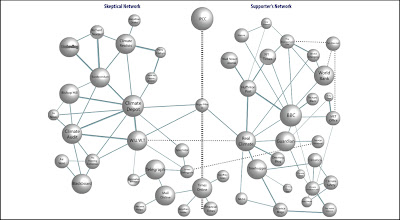This includes targeting a near 30% intensity
emission reduction of its power sector. As a result, for the next 12 years,
India proposes to spend $ 22 billion on expanding its renewable energy
generation capacity including the addition of a minimum of 10,000 MW of
solar power and 31,000 MW of non-solar renewable capacity.
The latest budget of the UPA, the ruling
political coalition in India, demonstrated this commitment further through the
creation of a National Clean Energy Fund (NCEF), to be funded by a proposed
imposition of a Rs 50 cess on coal per ton. This cess is estimated to yield
around Rs 2,500 crores this year.
The last election gave the UPA a wafer
thin majority in the lower house while it continues as a minority in the upper
house of parliament. This curtails their freedom to enact new legislation
without receiving broader political support. They were able to offset some of
these constraints through securing outside support from smaller regional
parties. Yesterday, all this changed with two of these regional players
withdrawing support to the government with at least two other allies
extremely upset. Though it signals a major political re-alignment is on the
cards, at this moment, the UPA is in disarray and hence vulnerable - a
situation the opposition can exploit to the hilt.
Under Indian parliamentary practice, if a cut
motion to the budget is passed in the lower house, the government is morally
obligated to resign. While this threat of a monetary bill being defeated in the
lower house remains unlikely, a defeat in the upper house of parliament, can
create a political gridlock. If a combined opposition threatens to introduce a
cut motion, it can pressure the government to rolling back their proposed
Rs 50 cess on coal per ton.
Why a Cut Motion is Necessary?
When energy
efficiency increases per se, it makes for good economics and its incidental
outcome is often that the carbon intensity of energy generation automatically
reduces. But if India were to also cap its emissions, it would have to replace
its conventional energy with something else and the renewable option would be
at least 2-3 times more expensive.
Here kicks in the
principle of fuel poverty - defined as one where a family spends ten per cent
or more of its earnings on fuel bills. The number of estimated people living in
fuel poverty in the UK is seven million which is projected to more than double
due to among other things, the misguided 'Climate Change' policies of the
Labour government which is on its way to a humiliating defeat this June.
(If the Labour is possibly reduced to third position to the Conservatives and
Liberal Democrats respectively, it will send out a sound message to other
governments the world over what a heavy political price they have to pay
for their "Climate Change' obsessions).
The problem for
countries like India is that unlike the West, 60% of our population is still
unconnected to the power grid. We are a populous country, the fourth largest
economy of the world but also one of its poorest. Distributing Pachauri's
or TERI's solar lanterns to villages as NDTV's Greenathon program does, can
only be a temporary pacifier at best, and at its worst, a distraction from the
ultimate challenge of linking up these villages to the power grid,
without which no real development can take place. Even if this were made
possible, i.e. power grid link up, either most will not be able to afford
it or will dig a huge hole into their family budget, creating adverse
consequences in other areas of India's development priorities such as health,
education, nutrition etc.






